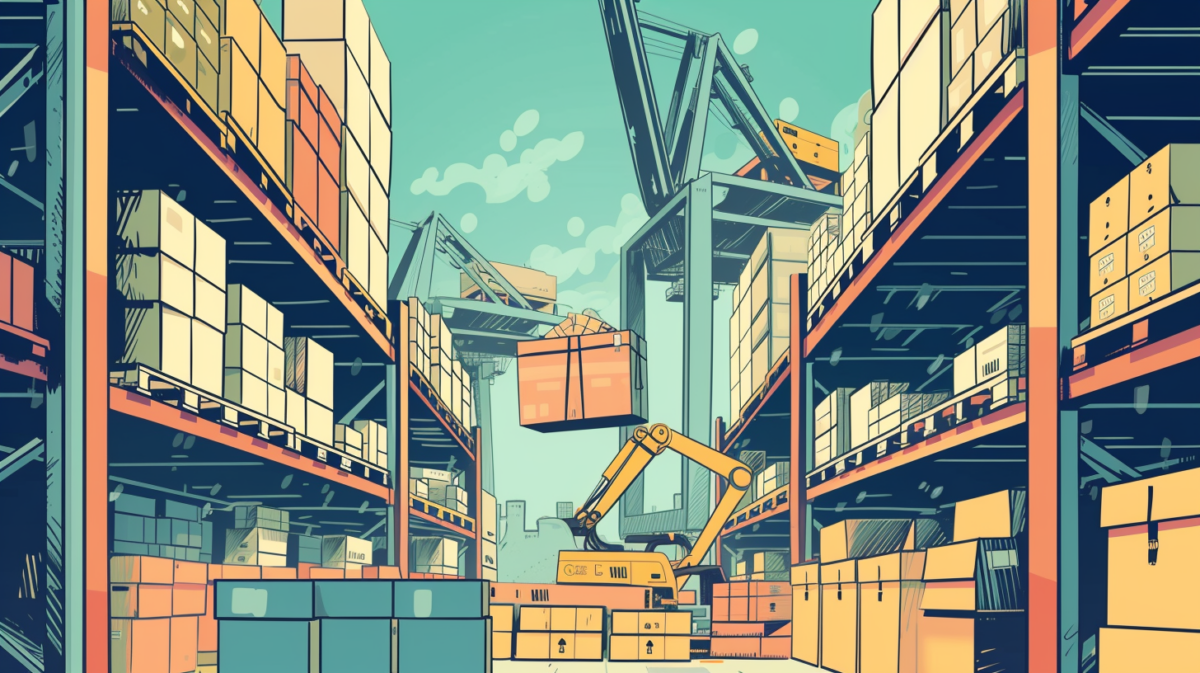In global businesses, supply chains are the backbone of many industries. However, this critical component is often vulnerable to risk, ranging from market fluctuations and political instability to natural disasters. The complexity of these risks necessitates a proactive approach to management and mitigation. With the advent of advanced technologies, Artificial Intelligence (AI) has emerged as a pivotal tool in revolutionizing how businesses approach these challenges, ensuring a resilient and responsive supply chain.
Understanding Supply Chain Risks
The Nature of Risks in Supply Chains
Supply chains are dynamic and complex networks affected by various external and internal factors. The most prominent risks include:
- Market Fluctuations: Changes in demand and supply, price volatility, and economic downturns can significantly impact the supply chain.
- Political Instability: Geopolitical tensions and policy changes can disrupt trade routes and regulatory landscapes.
- Natural Disasters: Earthquakes, floods, and other calamities can cause disruptions to supply chain operations.
These risks can have a domino effect, leading to increased costs, delayed deliveries, and lost revenues. Therefore, understanding and managing these risks is crucial for the sustainability and success of businesses.
The Role of AI in Risk Management
Identifying Potential Risks with AI
AI technologies have the unique capability to analyze large volumes of data to identify patterns and predict potential risks. Through machine learning algorithms and data analytics, AI systems can:
- Forecast Demand: AI can analyze market trends, consumer behavior, and historical data to predict future demand, enabling better inventory management.
- Monitor Geopolitical Climate: By analyzing news, social media, and economic reports, AI can gauge the stability of regions and predict potential disruptions.
- Assess Environmental Risks: AI can use weather data and historical patterns to predict natural disasters and their possible impact on supply chains.
Predictive Analytics: A Game-Changer
Predictive analytics, a branch of AI, plays a critical role in anticipating future scenarios. By using historical data, AI models can forecast trends and outcomes with a high degree of accuracy. This predictive power allows businesses to prepare and adapt their strategies proactively, rather than reacting to events after they occur.
AI-Driven Mitigation Strategies
Developing Responsive Strategies
Once risks are identified, AI can assist in formulating effective mitigation strategies. These include:
- Diversifying Suppliers: AI can help identify alternative suppliers and distribution networks to reduce dependency on a single source.
- Optimizing Inventory: AI-driven tools can recommend optimal inventory levels based on predicted demand and supply conditions, minimizing the risk of overstocking or stockouts.
- Enhancing Communication: AI can facilitate better communication across the supply chain, ensuring timely information flow and coordinated responses to emerging risks.
Building a Resilient Supply Chain
Resilience is key to surviving and thriving amidst uncertainties. AI enhances supply chain resilience by:
- Automating Decision-Making: AI automates decision-making processes, enabling quicker responses to changing situations.
- Continuous Learning and Improvement: AI systems learn from past experiences and continuously refine their predictions and recommendations.
- Scenario Planning: AI can simulate various risk scenarios and evaluate the effectiveness of different mitigation strategies.
The Future of AI in Supply Chains
AI is revolutionizing the field of supply chain risk management. By providing tools for risk identification and mitigation, AI is enabling businesses to build more resilient and responsive supply chains. As AI continues to evolve, its role in shaping the future of supply chain management will become increasingly significant, offering unprecedented opportunities for innovation and growth.
